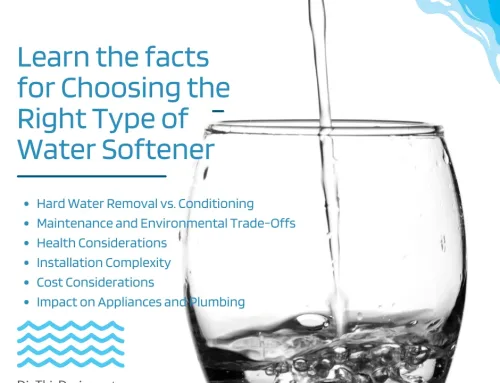Providing roof financing options for homeowners can help your roofing business close more sales. It can also address cost-related objections and make it easier for homeowners to do the work. Personal loans are quickly approved and provide flexible loan terms and interest rates for various credit scores. Many private loan providers for roof financing will waive prepayment penalties.
4 Roof Financing Options You Might Consider

Roof Financing Options for Roofing Contractors
Roof financing is essential for the success of roofing contractors.
Many homeowners require financing for major projects like roof replacements. Contractors can attract more business and secure larger contracts by offering financing options.
Financing for roofing contractors can bridge the gap between upfront project costs and final payments from homeowners. It enhances the cash flow and enables them to undertake additional projects. Roof Financing can make roof replacements more affordable for homeowners, increasing satisfaction and positive reviews.
Personal Loans
Many roofing companies provide roof financing options to their clients for roof repairs and replacements. These loans are often sourced through a third party, and lenders’ rates and terms will vary. Before applying, research your financing options and compare rates and terms. A good place to start is by looking for a personal loan designed specifically for homeowners with bad or fair credit.
Personal loans are a good option for those who need funds quickly and without collateral, making them an alternative to HELOCs and other home improvement loans. They offer a simple application process and often come with perks for borrowers, such as unemployment protection.
However, a personal loan can have higher interest rates than other roof financing options and is not tax deductible. Moreover, the length of time to receive funds can be lengthy. It can be frustrating, especially if a repair or replacement is needed immediately.
Home Equity Loans
If you own a home with substantial equity, consider taking out a home loan. Home loans can come in the form of a home equity line of credit or a home equity loan. Typically, these types of loans offer lower interest rates than personal loans. Additionally, payments made towards these loans may be eligible for tax deductions.
If you’re looking for a shorter term, consider an FHA Title I home and property improvement loan, which is easier to qualify for than a standard mortgage. This type of loan also typically offers a low-interest rate, and it’s easy to pay off in just 15 years.
Many roofing contractors offer roof financing through their lending programs or a third-party lender. The advantage of this is that they can often provide instant approval, ensuring the job gets done without delay. If a roofer has access to these resources, they are established and knowledgeable about the lending process. They may even be able to negotiate better terms for you.
Home Equity Lines of Credit (HELOCs)
HELOCs work like credit cards, giving you a set spending limit and charging interest on only the money you use. They can have lower interest rates than personal or home equity loans and might be tax deductible.
HELOC lenders require an appraisal and a full review of your financial history to determine how much equity you have in your home. They may also need to know your income and existing debt levels.
While HELOCs are a popular option, they are only suitable for some. HELOCs are risky and can add to your debt burden if you don’t manage them responsibly. It’s important to review all the options with an impartial financial advisor.
They can help you decide what makes the most sense for your situation. In addition, they can provide a clear understanding of the fees and costs associated with each option so you can compare your choices. You should only sign something with a thorough knowledge of your financing terms.
Grants and Tax Rebates
A roof replacement may be expensive, but securing government rebates can help lower costs. The federal government offers a residential energy tax credit for homeowners who install energy-efficient roofing materials. However, the specifics of this credit can be confusing, so it is important to consult with a professional for accurate information.
Local governments also offer incentives for roofing contractors that install energy-efficient roofs. These incentives can include further tax breaks or even grants for the home improvement project. These programs are intended to promote energy-efficient practices and reduce the strain on local power companies.
It is also important to note that a tax credit differs from a tax deduction. A tax credit reduces your total taxes owed, while a deduction subtracts the amount from your overall income. Understanding the difference is important so you only pay taxes when necessary. The USDA assists low-income families in increasing their energy efficiency and reducing energy costs through home weatherization services, including insulation.





